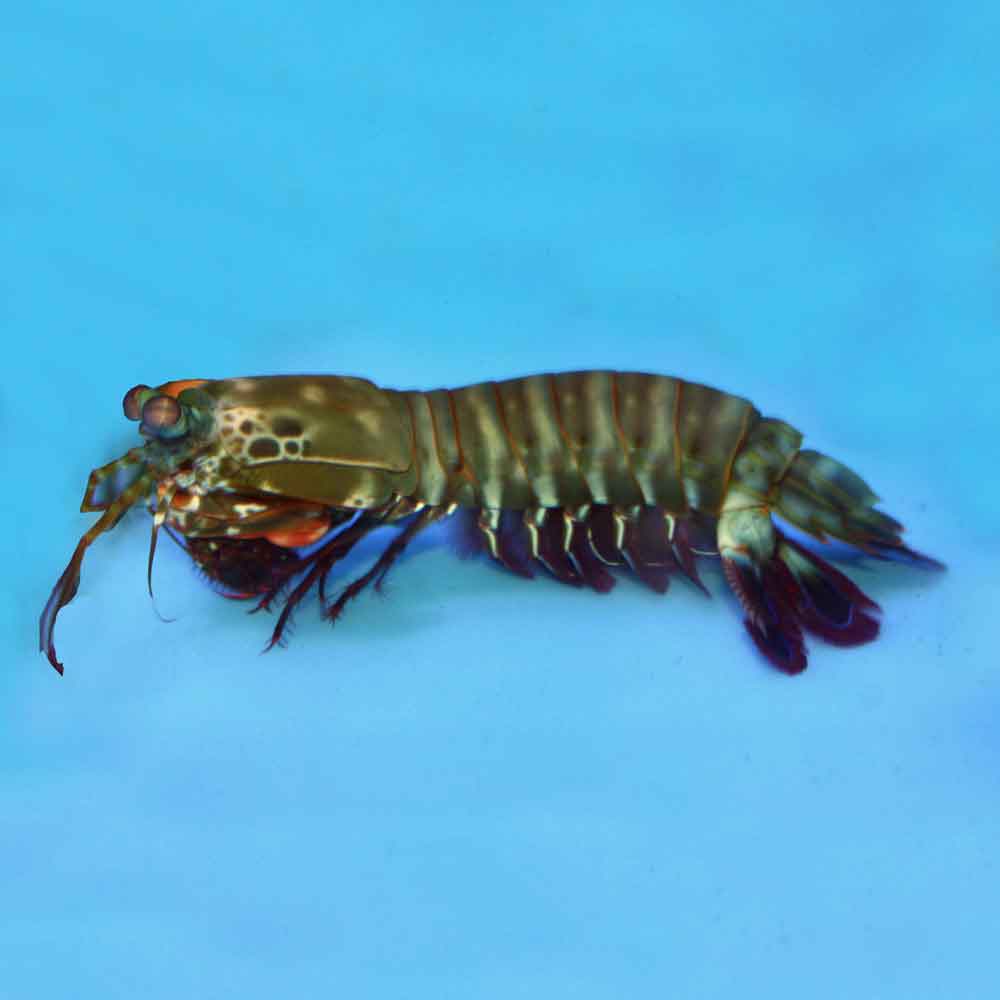Please welcome back Frank Indiviglio with another excellent article.
Introduction – A Most Captivating Fish
Seahorses, armor-plated and prehensile-tailed, and equipped with independently-moving eyes and fins that flutter like wings, seem to stretch the limit of what might conceivably be called “a fish”. Add to this the phenomenon of “male pregnancy” (the male incubates the eggs in a pouch and adjusts the salinity of the water therein as needed; please see my article posted on this blog on June 27, 2008 for more details) and the fact that seahorses change color and can grow and discard filamentous appendages, and you can easily see why they have long attracted marine aquarists. All of the nearly 130 species (Family Syngnathidae) are, however, strict live food specialists, and rarely thrive on the brine shrimp-based diet commonly offered to them in captivity.
The two species highlighted in this article (Please see Part I, The Atlantic Seahorse, published last week) were chosen because, of all, they are the most likely to do well on diets that are within the means of most aquarists. Please do not be tempted to try other species until you are well-experienced with the following animals. I will focus here on points unique to seahorse husbandry – water quality and filtration should be managed as for other marine fishes (please see related articles posted on this blog).
Dwarf Seahorse, Hippocampus zosterae
Description and Habitat
“Seapony” might be a more appropriate name for this diminutive creature, which, at an adult length of 0.9 inches, is only slightly larger than the smallest known species, Denise’s pygmy seahorse (please see below). Ranging from Florida to the Bahamas, the dwarf seahorse may be white, yellow, green or black in color. It dwells in sea grass beds, so much so that the species name, “zosterae”, is drawn from that of the plant with which it is most often associated. Northern populations were formerly considered to be a separate species, H. regulus.
An Ideal “First Seahorse”
In sharp contrast to larger fishes, dwarf seahorses offer us the opportunity to observe nearly all of their natural behaviors in captivity. Due to their small size, they adjust readily to the confines of aquarium life. Three pairs in a 15 gallon tank will reward you with a display of activities not often observed among captive seahorses of other species. As a consequence, their captive husbandry is well understood, and many specimens in the trade are commercially produced. This is an important consideration at a time when many seahorse species are in sharp decline (please see below).
Interest in this charming creature peaked here in the 1960’s and early 70’s, when they were advertised for sale in the backs of magazines. My grandfather, who kept marine fishes even before that time, so aroused my interest in them that I eventually wrote a book on the care and natural history of seahorses (please see below).
The Key to Feeding Dwarf Seahorses
Dwarf seahorses are one of the only seahorse species that will thrive on a diet consisting solely of enriched brine shrimp. They will, however, appreciate an occasional meal of tiny, wild caught invertebrates – thin meshed “plankton nets,” (available from biological supply houses) drawn through shallow marine waters will yield a wealth of valuable food items. “Enriched” brine shrimp are those that have been allowed to feed for a few days before themselves being given to the seahorses. This process increases the shrimps’ nutritional value, and is indispensable if one is to succeed in keeping dwarf seahorses. Therefore, brine shrimp intended as seahorse food should be given Brightwell Aquatic’s Phyto-Green, or a similar product, for several days.
Breeding and Other Considerations
In common with all their relatives, dwarf seahorses require calm water and suitable “hitching posts” upon which to wrap their tails. There is some evidence that wild seahorses consistently utilize the same hitching sites, so their aquarium’s décor should not be re-arranged once they have been introduced. Captive reproduction is a definite possibility – the tiny young can take only newly-hatched brine shrimp, so be sure to set up a brine shrimp hatchery in advance.
Tiny, Newly Discovered Specialists
The Pygmy Seahorse, Hippocampus bargibanti, first described in 1970, seems to live on only 2 species of gorgonians (soft corals) of the genus Muricella. So closely does it resemble the coral’s polyps that the individual which led to the first description of the species was not discovered until it was seen on a coral that had been placed in an aquarium several days earlier! At 0.8 inches in length, it was the smallest known species until the discovery, in 2003, of Indonesia’s Denise’s pygmy seahorse. Adults of this minute creature are a mere 0.6 inches long.
As mentioned, I became so enamored of these unique fishes that I wrote a book on their care and natural history – if you have a chance to read it, please forward your thoughts and suggestions to me. Until then, please write in with your questions and comments. Thanks, until next time, Frank.
Project Seahorse is the world’s premier seahorse conservation and research organization. A wealth of information is available at their web site:
http://seahorse.fisheries.ubc.ca/who.html
Thanks for the great article Frank,
Until Next Time,
Dave
 That Fish Blog – Aquarium Advice and Information
That Fish Blog – Aquarium Advice and Information




